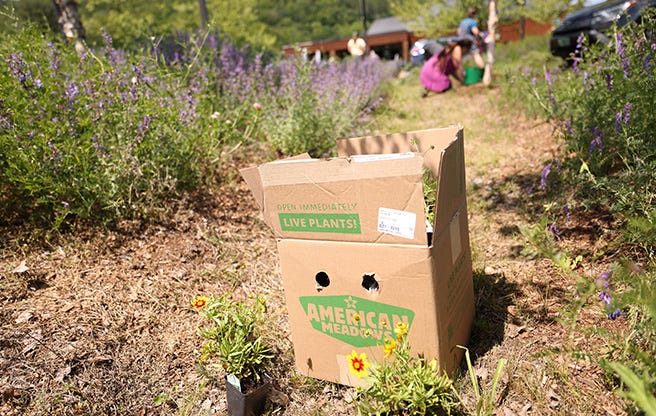Rattlesnake Master
SALE | SAVE 5%
SKU: AM020079
Shipping:
Shipping begins the week of May 6th, 2024
Overview
If you’re looking for a unique native pollinator plant, Rattlesnake Master is a must-have for your garden or meadow. It features fabulous architecture, yucca-like blue-green foliage, and masses of spiky white flowerheads that are teeming with bees and butterflies from late spring to late summer. Exceptional drought tolerance and deer and rabbit resistance make for the perfect low-maintenance perennial. (Eryngium yuccifolium)
key features
Botanical Name
Eryngium yuccifolium
Advantages
Native, Bee Friendly, Attracts Butterflies, Deer Resistant, Rabbit Resistant, Mass Plantings, Rock Gardens
Growing Zones
Zone 3, Zone 4, Zone 5, Zone 6, Zone 7, Zone 8
Light Requirements
Full Sun
Soil Moisture
Dry, Average
Mature Height
48-60" tall (4-5 ft)
Mature Spread
24-26" wide
Bloom Time
Late spring to late summer
SKU
AM020079






